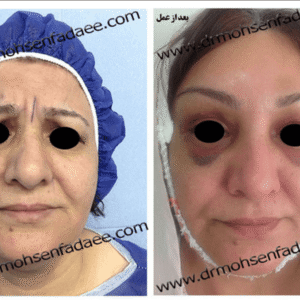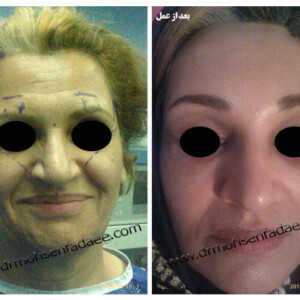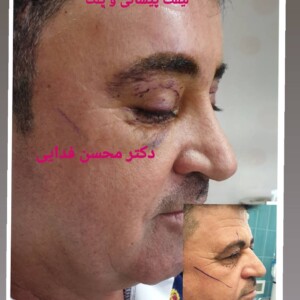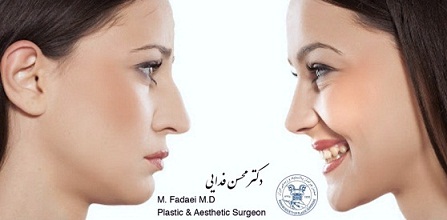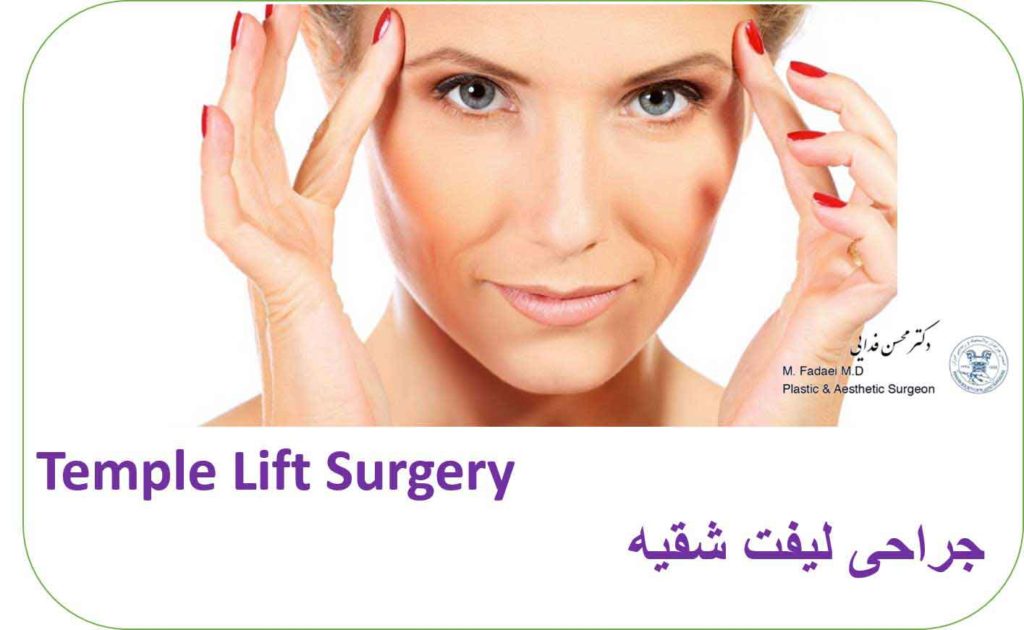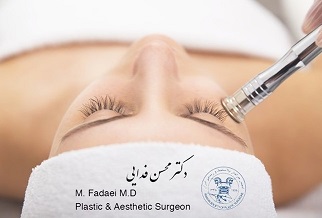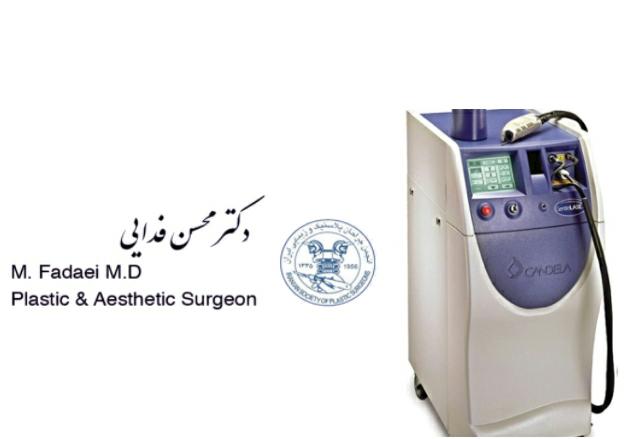Facial rejuvenation using endoscopic techniques has undergone substantial modifications during the last 10 years. The endoscopic forehead and brow lift is used to elevate the position of the eyebrows and forehead. Indications for this procedure are multiple, and it is performed to correct brow ptosis and to treat the glabellar frown lines created by the corrugator and procerus muscles. Various factors, including natural aging, facial nerve injury, and facial trauma, can cause brow ptosis, although congenital or hereditary factors also may cause the condition.
The brows play a fundamental role in the aging face. During the aging process, the brow becomes ptotic, which may cause lateral upper eyelid hooding with or without visual field deficits. Moreover, patients with these characteristic signs of aging are often perceived by others as being fatigued, despite being well-rested and in good health.Therefore, the modern-day aesthetic surgeon should possess thorough knowledge regarding endoscopic brow lift, a technique used to produce reliable and lasting brow restoration.
what is Endoscopic Brow Lift
An endoscopic brow lift is a minimally invasive procedure performed under anesthesia. After making a series of small incisions hidden in the hair, the surgeon uses specialized equipment to gently release and elevate the brow tissue. Generally, this procedure involves faster healing time and less bruising than the classic approach.
A brow lift, also commonly called a forehead lift, rejuvenates the face above the eyes to restore a more refreshed appearance that better reflects a patient’s natural vibrance. By removing excess sagging, skin on the forehead and repositioning the underlying muscles and tissues, a brow lift can correct a heavy, sagging brow, eliminate deep furrows, and restore a smoother, more youthful contour to the upper one-third of the face.
Simply put, a browlift is an operation to elevate the eyebrow. There are many different ways to achieve this, and we can mention a few. Using this technique, five small incisions are made across the top of the forehead and on the temples, behind the hairline in most cases. These small incisions are used to pass an endoscope into the space between the skull and the forehead/scalp. Using precise instruments, the entire brow is elevated and a fixation device (usually a suture) is placed to secure it to the skull. This results in a natural brow elevation, both vertically and to the sides (laterally).
at the end, as said With advancing age the eyebrows often fall downward. This descent creates a tired appearance and forehead wrinkles. An endoscopic brow lift (sometimes referred to as a “forehead lift”) treats droopy eyebrows, achieving a natural and youthful result.
Is A Brow Lift Right For You?
A forehead lift is most commonly performed in the 40-60 age range to minimize the visible effects of aging. However, it can also help people of any age who have developed furrows or frown lines due to stress or muscle activity. Individuals with inherited conditions, such as a low, heavy brow or furrowed lines above the nose can achieve a more alert and refreshed look with this procedure.
A forehead lift is often performed in conjunction with a facelift to provide a smoother overall look to the face. Eyelid surgery (blepharoplasty) may also be performed at the same time as a forehead lift, especially if a patient has significant skin overhang in the upper eyelids. Sometimes, patients who believe they need upper-eyelid surgery find that a forehead lift better meets their surgical goals.
Patients who are bald, who have a receding hairline, or who have had previous upper-eyelid surgery may still be good candidates for forehead lift. The surgeon will simply alter the incision location or perform a more conservative operation.
Brow Lift vs. Eyelid Lift vs. Facelift
When it comes to facial cosmetic surgery, it can be difficult to know which procedure you really need to optimally address the signs of aging that are affecting you. If you have sagging, hollowed cheeks and eyelid bags, do you need a facelift or an eyelid lift? If you have a tired, concerned appearance, will an eyelid lift or a brow lift help you the most?
While the best way to find out the most appropriate procedure or procedures for you is to discuss your concerns with an experienced, qualified cosmetic surgeon, it may help to associate each facial procedure with a certain area of aging:
- Brow Lift: improves the forehead and above the eyebrows
- Eyelid Lift: improves the orbital area, around the eyes from the cheekbone to the brow bone.
- Facelift: improves the mid to lower face, from the cheekbones to the chin and jawline.
- Neck Lift: improves the neck, from the chin to the collar bone.
What kind of anesthesia is used during a browlift?
We recommend a ‘light’ general anesthetic for the endoscopic browlift. This is more more well-tolerated, as patients wake up quickly and are more comfortable for the procedure. If you have specific concerns about this, feel free to speak to our staff or Dr. The temporal browlift can be done under local anesthesia when done as a stand-alone procedure.
advantages of brow lift (forehead lift) surgery
The problem with an aging forehead is the effect it has on our facial expressions—a sagging, heavily furrowed brow can cause us to look constantly tired, worried or even angry. Some of us are also genetically inclined to have a heavier, thicker brow, making us look as though we are wearing a frown even when we are feeling our best. A brow lift directly addresses these issues, helping patients enjoy a more naturally refreshed appearance as well as other positive changes:
- Others may find you more approachable, as they no longer mistakenly perceive you as angry or concerned
- Your eyes will appear brighter and more naturally alert
- Self-confidence can improve as you are no longer worried about looking “worried”
Brow Lift Recovery
The timeline for resuming activity after a brow lift depends on the individual—if you are having a brow lift alone, recovery is usually much quicker than that for a patient having a brow lift in conjunction with a facelift or other more extensive procedure. Below are typical recovery milestones following brow lift surgery:
- Day of surgery: walking around the house in encouraged.
- 1 to 2 days after surgery: showering is permitted; be gentle around your incision sites.
- 1 week after surgery: return to a sedentary job; some patients are able to return to work earlier. You may tire more easily, so consider a limited work schedule initially. If you are concerned about visible bruising, your cosmetic surgeon can recommend options for camouflage makeup.
- 1 to 2 weeks after surgery: resume driving, as long as you have full mobility and are no longer taking prescription pain medication.
- 2 to 4 weeks after surgery: gradually resume exercise; your cosmetic surgeon will provide guidance for which activities are allowed.
Will the results of brow lift surgery last?
When performed by an experienced, board certified cosmetic surgeon, the improvements made with brow lift surgery will last for many years to come. However, nothing can stop the normal aging process, and eventually your forehead tissues will begin to settle with time and gravity. You can help keep your results looking their best by living a healthy lifestyle. Wear sunscreen daily, eat a diet rich in whole foods and vitamins, and don’t smoke. This will help keep your body healthy and skin looking its best.



